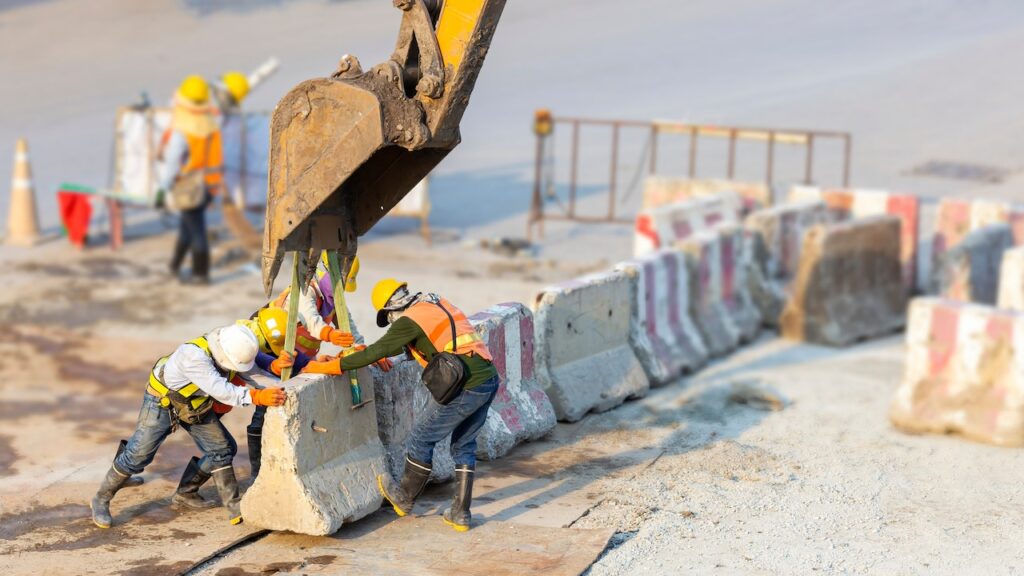
The Most Dangerous Areas in a Construction Zone: Unveiling Risks and Safety Measures
Introduction
Construction zones are inherently hazardous environments where a myriad of risks lurk around every corner. From heavy machinery to elevated structures, workers face various dangers daily. Understanding which areas pose the most significant threats is crucial for implementing effective safety measures. In this article, we delve into the different sections of a construction site and identify which is the most dangerous. Additionally, we provide insights into safety protocols and address frequently asked questions.
1. Excavation and Trenching
The Risk: Cave-ins and Collapse
Excavation and trenching are essential aspects of construction, but they come with inherent risks. The primary danger lies in the potential for cave-ins and collapses, which can lead to severe injuries or fatalities.
Safety Measures:
- Implement proper shoring and sloping techniques.
- Conduct regular inspections of trench walls.
- Provide protective systems such as trench boxes.
2. Working at Heights
The Risk: Falls
Working at heights, whether on scaffolding or elevated structures, poses a significant risk of falls. Falls from elevated surfaces are a leading cause of injuries and fatalities in the construction industry.
Safety Measures:
- Utilize guardrails, safety nets, and personal fall arrest systems.
- Ensure proper training for workers on working at heights.
3. Heavy Machinery Operation
The Risk: Accidents and Crush Injuries
Heavy machinery, such as cranes and bulldozers, can cause accidents resulting in crush injuries or fatalities. Inadequate training and communication increase the likelihood of mishaps.
Safety Measures:
- Provide comprehensive training for equipment operators.
- Establish clear communication protocols on the construction site.
4. Electrical Work
The Risk: Electrocution
Electrical work introduces the risk of electrocution, especially when working near power lines or with faulty equipment. This danger is heightened in construction zones where multiple activities are ongoing simultaneously.
Safety Measures:
- Follow proper lockout/tagout procedures.
- Provide workers with personal protective equipment (PPE) for electrical work.
5. Confined Spaces
The Risk: Lack of Oxygen and Toxic Gases
Confined spaces present dangers related to poor air quality, lack of oxygen, or the presence of toxic gases. Workers may encounter respiratory issues or suffocation.
Safety Measures:
- Adequately ventilate confined spaces.
- Implement a comprehensive permit system for confined space entry.
Frequently Asked Questions:
1. What makes construction zones dangerous?
Construction zones involve multiple hazards, including heavy machinery, elevated structures, electrical work, and confined spaces. These factors collectively contribute to the danger associated with construction sites.
2. Are all construction zones equally hazardous?
No, the level of hazard varies depending on the type of construction, location, and the safety measures implemented. However, all construction zones inherently carry risks that must be managed.
3. How can workers protect themselves from falls?
Workers can protect themselves from falls by using proper fall protection equipment, such as harnesses and lanyards. Additionally, following safety protocols and receiving adequate training is crucial.
4. What role does communication play in construction site safety?
Clear communication is vital in preventing accidents, especially when operating heavy machinery. Effective communication protocols help avoid misunderstandings and ensure that everyone on the site is aware of potential dangers.
5. Why is training essential in construction safety?
Training is crucial to equip workers with the knowledge and skills needed to navigate potential hazards. Properly trained workers are more likely to follow safety protocols and contribute to a safer work environment.
6. How can employers enhance safety in excavation and trenching?
Employers can enhance safety in excavation and trenching by implementing proper shoring and sloping techniques, conducting regular inspections, and providing protective systems like trench boxes.
7. What precautions should be taken when working with electricity on construction sites?
Precautions when working with electricity include following lockout/tagout procedures, using insulated tools, and providing workers with appropriate PPE. Regular inspections of electrical equipment are also essential.
8. Why is proper ventilation crucial in confined spaces?
Proper ventilation is crucial in confined spaces to ensure a continuous supply of fresh air. This helps prevent the accumulation of toxic gases and maintains a safe environment for workers.
9. How can construction sites minimize the risk of accidents involving heavy machinery?
Construction sites can minimize the risk of accidents involving heavy machinery by providing comprehensive training for equipment operators, implementing strict safety protocols, and conducting regular equipment inspections.
10. What steps should be taken in the event of a construction site emergency?
In the event of a construction site emergency, workers should be trained on emergency procedures, including evacuation routes and first aid. Site managers should have a well-defined emergency response plan in place.
Conclusion
While every area in a construction zone presents its own set of risks, it is crucial to recognize the most dangerous aspects to prioritize safety measures. Through proper training, effective communication, and strict adherence to safety protocols, construction sites can significantly reduce the likelihood of accidents and create a safer working environment for all involved.
